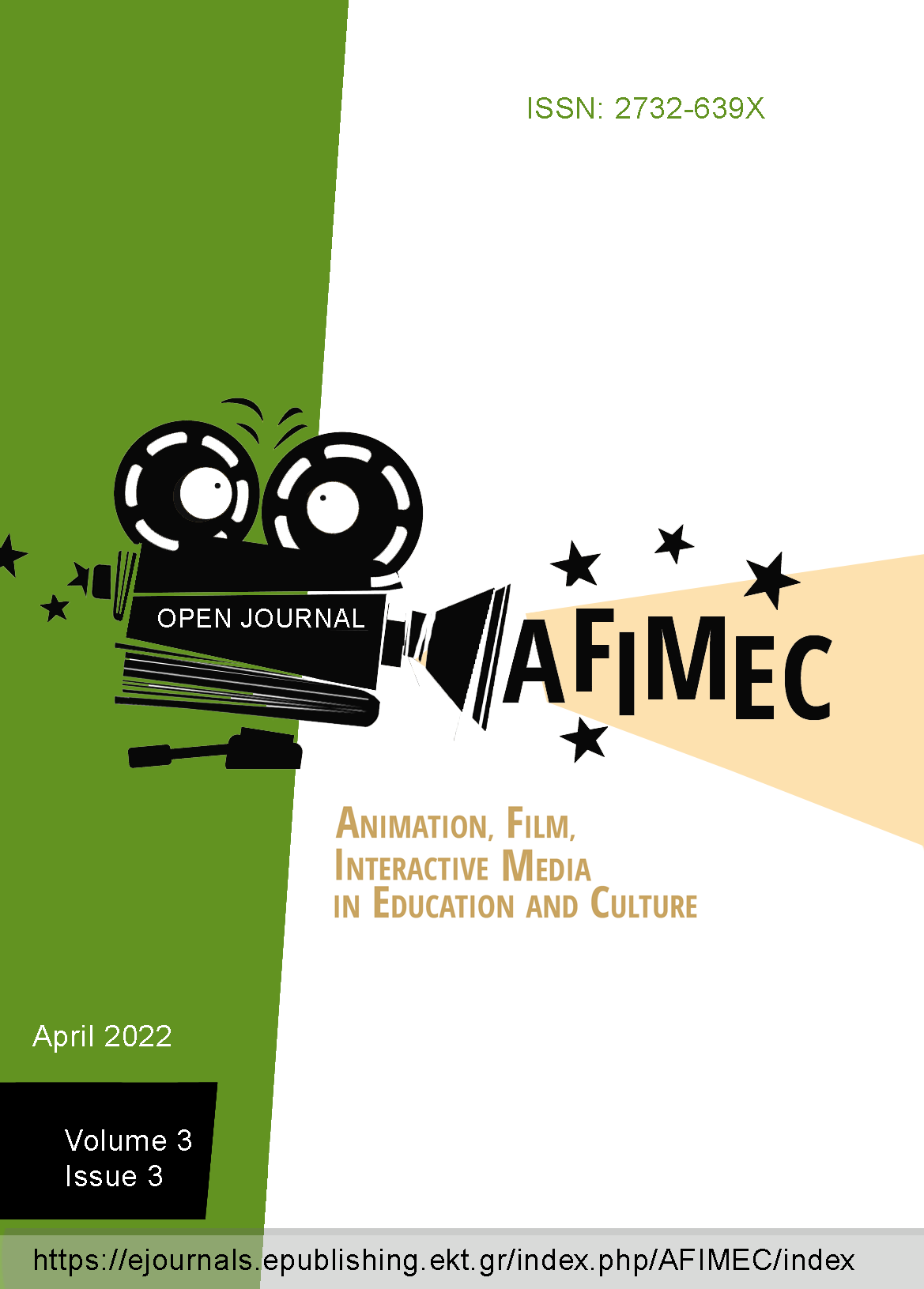Ψυχολογικές πρακτικές που εφαρμόζουν οι οργανισμοί μέσων ενημέρωσης σε οπτικοποιήσεις δεδομένων σε σχέση με το περιβάλλον
Abstract
Τα Μέσα Μαζικής Ενημέρωσης (ΜΜΕ) λόγω της κυριάρχης θέσης που κατέχουν στην επικοινωνία και ενημέρωση, αναμφίβολα κατευθήνουν τις απόψεις και τις αντιλήψεις των πολιτών. Ένας τρόπος που χρησιμοποιούν για να επικοινωνήσουν τα νέα είναι οι οπτικοποιήσεις δεδομένων. Η οπτικοποιήση είναι αρκετά αποτελεσματική μέθοδος καθώς η κατάλληλη δομή και οργάνωση οπτικών στοιχείων επηρεάζει την αντίληψη του αναγνώστη. Ο σκοπός της έρευνας ήταν να εξετάσουμε αν οι οπτικοποιήσεις που αφορούν περιβαλλοντικά ζητήματα χρησιμοποιούν θεωρίες της γνωστικής ψυχολογίας. Η μέθοδος που επιλέχθηκε είναι η ποιοτική και βασίστηκε πάνω σε υπάρχουσα θεωρία. Συγκεκριμένα, συλλέχθηκαν περιβαλλοντικες οπτικοποιήσεις από γνωστούς ειδησιογραφικούς οργανισμούς και με βάση τους νόμους gestalt, έγινε ανάλυση των πρακτικών που ακολούθησαν. Τα αποτελέσματα της έρευνας μας είναι πως η θεωρία Gestalt όχι μόνο χρησιμοποιήθηκε στις οπτικοποιήσεις αλλά και καθόρισε την συνολική εμφάνιση και παρουσίαση των δεδομένων καθώς στόχευαν άμεσα να επηρεάσουν την εμπειρία του θεατή αλλά και την περιβαλλοντική ενημέρωση, γνώση, στάση και ευαισθητοποίηση τους.
Article Details
- Come citare
-
Καλλίρη Α., & Βέγλης Α. (2022). Ψυχολογικές πρακτικές που εφαρμόζουν οι οργανισμοί μέσων ενημέρωσης σε οπτικοποιήσεις δεδομένων σε σχέση με το περιβάλλον. Open Journal of Animation, Film and Interactive Media in Education and Culture [AFIMinEC], 3(3). https://doi.org/10.12681/afiinmec.31743
- Fascicolo
- V. 3 N. 3 (2022): afimec
- Sezione
- Articles
- Οι Συγγραφείς διατηρούν τα Πνευματικά Δικαιώματα και χορηγούν στο περιοδικό το δικαίωμα της πρώτης δημοσίευσης ενώ ταυτόχρονα τα πνευματικά δικαιώματα της εργασίας προστατεύονται σύμφωνα με την Creative Commons Attribution License που επιτρέπει σε τρίτους - αποδέκτες της άδειας να χρησιμοποιούν την εργασία όπως θέλουν με την προϋπόθεση της διατήρησης των διατυπώσεων που προβλέπονται στην άδεια σχετικά με την αναφορά στον αρχικό δημιουργό και την αρχική δημοσίευση σε αυτό το περιοδικό.
- Οι Συγγραφείς μπορούν να συνάπτουν ξεχωριστές, και πρόσθετες συμβάσεις και συμφωνίες για την μη αποκλειστική διανομή της εργασίας όπως δημοσιεύτηκε στο περιοδικό αυτό (π.χ. κατάθεση σε ένα ακαδημαϊκό καταθετήριο ή δημοσίευση σε ένα βιβλίο), με την προϋπόθεση της αναγνώρισης και την αναφοράς της πρώτης δημοσίευσης σε αυτό το περιοδικό.



